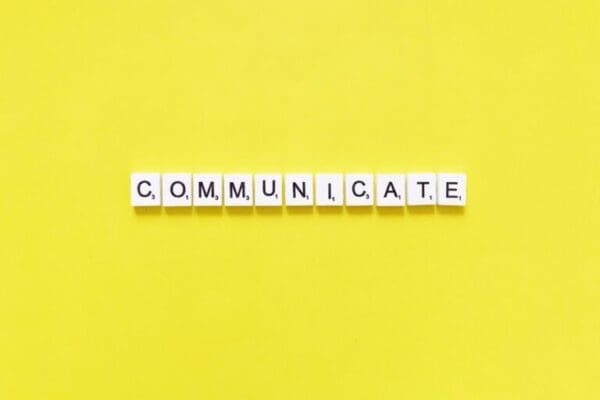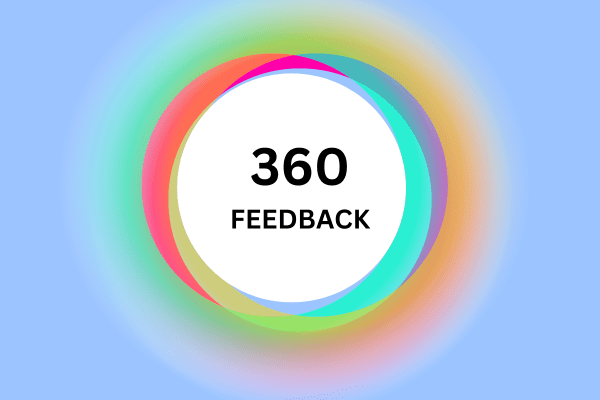Did You Know Body Language Has Power? Start Using It Today!
Body language is a fascinating and powerful aspect of communication. It’s the nonverbal cues we give off through our facial expressions, gestures, and posture that can say just as much, if not more, than the words we speak. Whether we’re aware of it or not, our bodies are constantly sending signals to those around us, conveying our emotions, intentions, and even our level of confidence. Understanding body language can help us navigate social interactions more effectively. It can even improve our ability to read and influence the behaviour of others. In this article, we’ll delve into the different types of body language. We will explore the role it plays in communication, and provide tips on how you can use it to your advantage in both personal and professional settings.
Understanding the Different Types of Body Language
There are 11 types of body language that are commonly recognised: facial expressions, eye contact, gestures, posture, proximity, touch, paralanguage, appearance, artefacts, chronemics, and haptics.
Facial expressions are one of the most obvious forms of body language, and they can convey a wide range of emotions, including happiness, sadness, anger, and surprise. Eye contact is also an important form, as it can indicate interest, confidence, or dishonesty. Gestures, such as pointing or nodding, can also convey meaning. Posture can indicate a person’s level of confidence or defensiveness, and proximity can indicate how comfortable a person is with others.

There are many signs that can indicate a person’s thoughts or emotions. For example, crossed arms can indicate defensiveness, while open arms can indicate openness. A smile can indicate happiness, while a frown can indicate sadness. A lack of eye contact can indicate dishonesty, while direct eye contact can indicate confidence.
Body language can tell us a lot about a person’s thoughts and emotions. For example, a person who is nervous or anxious may fidget or avoid eye contact, while a confident person may make direct eye contact and stand up straight.
The strongest form of body language is often considered to be facial expressions. The human face is capable of expressing a wide range of emotions, and many of these expressions are universal across cultures. For example, a smile is universally recognised as a sign of happiness, while a frown is universally recognised as a sign of sadness.
Body Language Examples
There are many body language examples and meanings, and they can vary depending on the context. For example, a nod can indicate agreement in a business meeting, but it can also indicate sleepiness in a classroom. A handshake can indicate a professional relationship, but it can also indicate friendship. A hug can indicate affection, but it can also indicate congratulations.
Body language examples can be found in many everyday situations. Some common examples include:
- Crossing arms indicates defensiveness
- Making direct eye contact indicates confidence
- Leaning in towards a person indicating interest or attentiveness
- Fidgeting or avoiding eye contact indicates nervousness or dishonesty
- Smiling indicates happiness or friendliness

Body Language Psychology
Body language psychology is the study of how body language affects our thoughts and emotions. Researchers have found that body language can influence our mood, our level of confidence, and our ability to communicate. For example, standing up straight can improve our confidence, while fidgeting can indicate nervousness.
Sticky Learning ® is 7 times more effective than 1-day training courses. Plus, you will get a Chain of Evidence proving your Return on Investment. Discover soft skills training that changes behaviours long term.

Negative Body Language
Negative body language includes cues such as crossed arms, avoiding eye contact, fidgeting, slouching, and clenched fists. These can indicate defensiveness, dishonesty, nervousness, lack of confidence and anger. These nonverbal cues can hinder communication and trust-building. It’s crucial to be aware of these cues in oneself and others and eliminate them when communicating. Remember, people may have different reasons for displaying negativity and avoid jumping to conclusions.
What About Body Language in Communication?

Body language in communication is an essential component of effective communication. Understanding body language can help us interpret the meaning of what is being said, and it can also help us to express our own thoughts and emotions more effectively. For example, making direct eye contact can indicate confidence, while avoiding eye contact can indicate dishonesty. Similarly, using open and expansive gestures can indicate openness and enthusiasm, while using closed and defensive gestures can indicate defensiveness or lack of interest.
To read body language effectively, it is important to pay attention to multiple cues at once. For example, a smile may indicate happiness, but if a person is also crossing their arms and avoiding eye contact, it may indicate that they are not being entirely truthful. It is also important to consider the context and the individual, as it can vary depending on the situation and the person.
Being Mindful of Your Own Body Language
In addition to observing body language, it is also important to be aware of our own body language. Being mindful of our own movements and gestures can help us to communicate more effectively and to build stronger relationships. For example, standing up straight can indicate confidence, while slouching can indicate a lack of confidence.
Cultural Differences
It is also important to be aware of cultural differences in body language, as certain expressions may have different meanings in different cultures. For example, in some cultures, direct eye contact may be considered a sign of respect and attentiveness, while in other cultures, it may be considered impolite or aggressive. Being aware of these cultural differences can help to prevent misunderstandings and to improve communication with people from different backgrounds.

Micro-expressions
Another important aspect of body language is micro-expressions. Micro-expressions are brief, unconscious facial expressions that can reveal a person’s true feelings, even if they are trying to hide them. These expressions usually last for a fraction of a second and are difficult to detect without training. Being able to recognise micro-expressions can provide valuable insight into a person’s true thoughts and emotions, and can help to improve communication and build stronger relationships.
Examples of micro-expressions include a flicker of disgust on the face when someone is trying to hide their dislike for something, a momentary flash of fear when someone is trying to hide their anxiety or a momentary flash of happiness when someone is trying to hide their true feelings. Being able to recognise micro-expressions can provide valuable insight into a person’s true thoughts and emotions, and can help to improve communication and build stronger relationships. Micro-expressions can be particularly helpful in professional settings, such as in negotiations or in detecting deception.
Public Speaking
Body language is also an important aspect of public speaking and presentation skills. Nonverbal cues, such as eye contact, gestures, and posture, can greatly influence how an audience perceives a speaker and the message they are trying to convey. A confident and engaging speaker, who uses appropriate body language, can effectively connect with the audience and deliver their message more effectively.
In addition to the aforementioned aspects, it can also be used to improve our personal and professional relationships. By understanding and using appropriate body language, we can build trust and establish a connection with others. For example, using open and inviting body language, such as uncrossed arms and a smile, can make others feel more comfortable and willing to engage in conversation.
Gestures can also be used to improve our self-confidence and self-esteem. By standing up straight, making direct eye contact, and using confident gestures, we can project an image of confidence, which can help to boost our own self-confidence and self-esteem.

Practical Tips for Improving Your Understanding of Body Language
One practical way to improve one’s understanding of body language is by paying attention to it in everyday interactions. Start by observing the body language of people around you, in different situations. Take note of common gestures, expressions and postures and the emotions or intentions they seem to convey. As you become more familiar with different types of body language, you’ll find it easier to read the cues of others.
Practice using appropriate gestures in various situations is another useful tip. For example, when meeting someone new, use open and inviting mannerisms, such as uncrossed arms and a smile. When giving a presentation, use confident gestures and maintain eye contact with the audience. Practising appropriate poses can help you to project confidence and sincerity in different situations.
Another practical way to improve understanding of body language is by experimenting with different types in different situations. For example, try using a confident posture in a meeting, and see how it affects the outcome. Similarly, try using open and inviting mannerisms in a social setting, and observe how it changes the dynamic of the conversation. Experimenting with different types of body language can help you to understand how different cues can affect communication and relationships.
Understanding Body Language in Professional Settings
In a professional setting, it’s important to be aware of the attitudes of others when negotiating, in meetings or when interacting with clients. Try to read the cues of others and respond accordingly. For example, if a client or colleague seems closed off or defensive, try using more open and inviting language to make them feel more comfortable.
It’s also important to be aware of the attitudes of authority figures, such as managers, supervisors, or leaders. Understanding them can help navigate workplace relationships effectively. Confidence can indicate approachability and receptivity to suggestions while being closed and defensive may indicate an unproductive mindset for a conversation.
Understanding the Limitations and Importance of Context
It is also important to remember that mannerisms are not always an accurate indicator of a person’s thoughts or emotions. People may hide their true feelings or intentions, and some people may have difficulty expressing themselves non-verbally. Therefore, it is important to not rely solely on it and to consider other forms of communication such as verbal communication and context when interpreting the meaning of someone’s body language.
Conclusion

In conclusion, body language is a powerful tool for communication and building relationships. Understanding the different types of body language, recognising common signs and learning to read them effectively can greatly enhance communication skills and foster stronger relationships. Being aware of our own body language can also aid in effective communication and relationship building.




